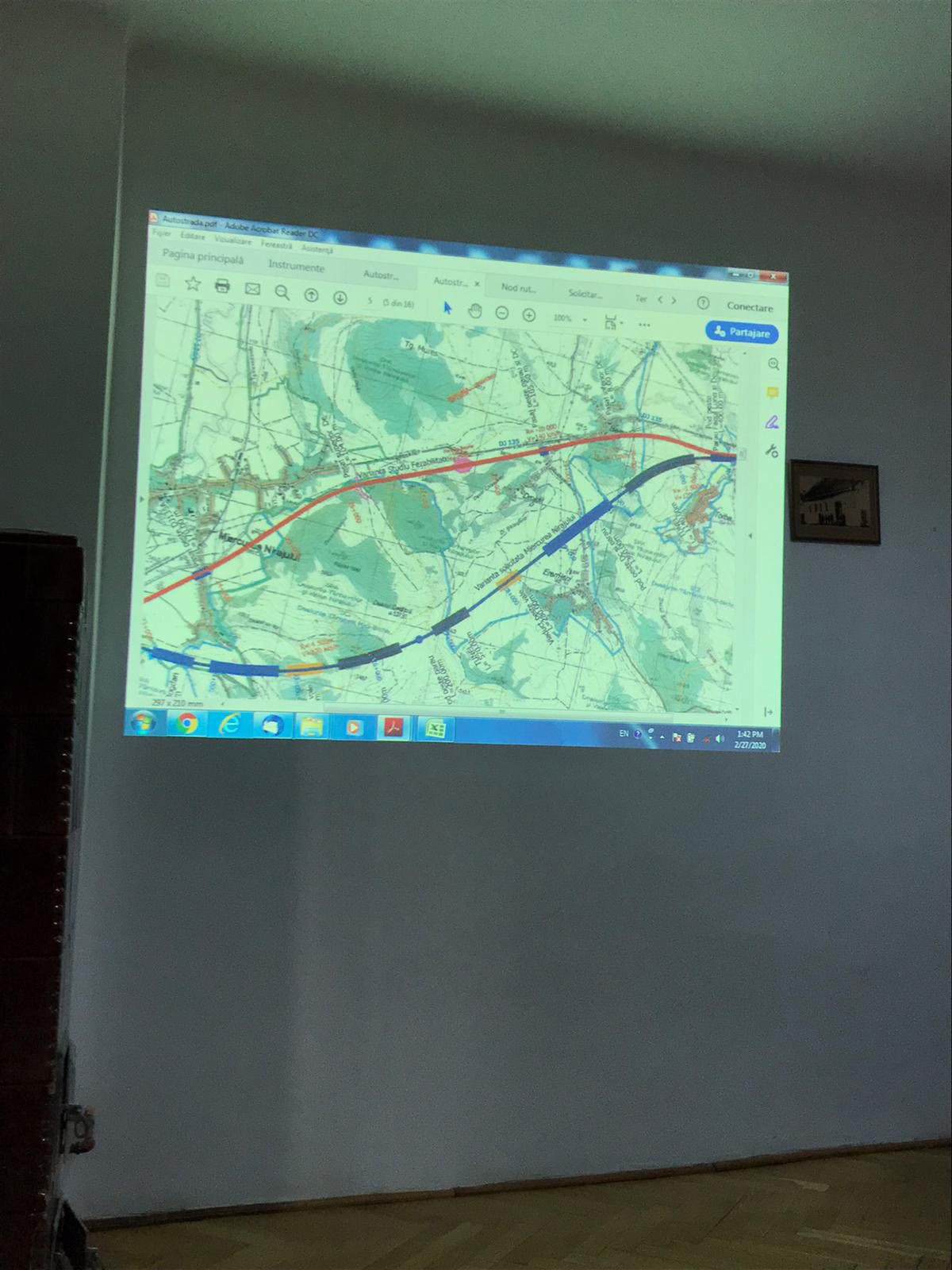A three-person delegation from Bucharest, consisting of the Transport Minister’s counsel and two people from the National Company for Road Infrastructure Administration (Compania Nationala de Administrate a Infrastructurii Rutiere or CNAIR in Romanian), have finally shown some interest in figuring out long-overdue solutions to problems surrounding the proposed A8 motorway.
If 9 kilometers of the South-Transylvanian A8 motorway connecting Marosvásárhely/Târgu Mureș with Iași were rerouted in order to preserve a bear habitat, the same courtesy should be given to locals populating the area through which the highway is proposed to be built, Miercurea Nirajului/Nyárádszereda’s mayor Sándor Tóth told the delegation, which had arrived some 10 years late.
The mayor has been asking for changes to the A8 motorway plans for years without any success. After countless official letters sent to CNAIR, no one – until now – had ever taken the time to come to the city and see in person what Tóth has been telling them. “We’ve invited and begged them to come, but they weren’t interested in the matter, and I can see that they are not worried that the route appearing on the plan is projected to be in a place where it’s impossible to build, [where] the proposed route of the motorway cuts the city’s Nyárádszentanna/Sântana area in two,” the mayor told Hungarian newspaper Krónika in an interview.
If CNAIR sticks to the plan, a dozen houses in Nyárádszentanna will need to be demolished and valuable agricultural lands will be cut in two.

The years of unanswered communication was finally broken by the arrival of the three-person delegation, which faced the harsh reality that the envisioned motorway and exit road to Nyárászereda must be moved physically and the timing for both must also be altered: The city must be connected to the motorway as it is being constructed, not “sometime later.” Additionally, the exit road must be redrawn at the city’s border with Nyárádgálfava because it is impossible to build it in the originally proposed location.
The requested changes would extend the motorway by 4 kilometers and require a new route through the hills, so the CNAIR’s position was that it would be too expensive. Nevertheless, after the on-site visit, the delegation seems to be open to reasonable modifications.
Tóth has been trying to warn the administration for years about the error in the work already performed on the project, work paid for with taxpayers’ money. According to Lucian Bode, the Transport Minister’s counsel, such errors could have been avoided had the CNAIR sent a delegation for an on-site visit 10, 5, or even 1 year ago. Now, the only way to correct the errors is to push the CNAIR to redraw the incorrect sections of the A8 motorway.
Title image: Representatives of the Nyárádszereda local authority, Milvus Group and The National Agency for Protected Natural Areas meet with the delegation from Bucharest. Image source: Facebook